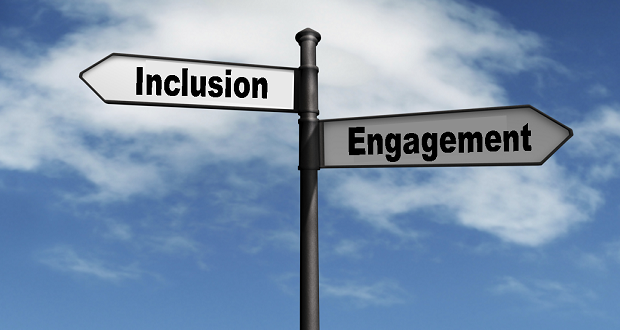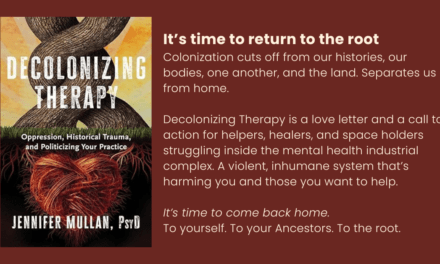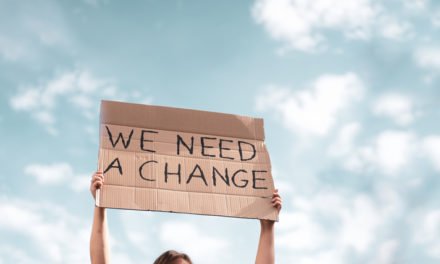
I am starting a new series this week on the connection of inclusion and engagement. Most major organizations today focus a great deal of attention on how to engage employees. Towers Perrin defines engagement as the “extent to which employees go the extra mile and put discretionary effort into their work – contributing more of their energy, creativity, and passion on the job.”
Experts on engagement are quick to point out that engagement is not employee happiness or employee satisfaction. Engagement measures how connected an employee is to the organization, how much they feel a sense of belonging, and that their contribution is valued.
What are the drivers of engagement? What would make an employee want to put in extra, discretionary effort? In a white paper written by Dale Carnegie Training it points to three drivers of employee engagement:
- Relationship with immediate supervisor;
- Belief in senior leadership; and
- Pride in working for the company.
Another study by the British consultancy, the Institute for Employment Studies), found the following drivers of engagement:
- Involvement in decision making;
- Extent to which employees feel able to voice their ideas, and managers listen to these views, and value employees’ contributions;
- Opportunities employees have to develop in their jobs; and
- Extent to which the organization is concerned for employees’ health and wellbeing.
We can define inclusion as an organizational environment where each person is valued for their unique skills, perspectives and experiences and are provided the opportunity to contribute to their full potential toward organizational success.
It is easy to see the synergy in the drivers of engagement and the definition of inclusion and therefore it is not surprising that the two are highly correlated.
More and more companies are intentionally connecting the two concepts, holding leaders accountable for both engagement and inclusion. It is common for forward thinking companies to include inclusion questions on employee engagement surveys and to conduct advanced statistical correlational techniques such as multiple regression or factor analysis to better understand how inclusion drives engagement. In one organization that The Winters Group worked with there was a .78 correlation between inclusion and engagement.
Gallup conducted a study in 2005 which showed a high correlation between inclusion and engagement. Sixty percent of respondents with the highest scores on diversity questions were engaged whereas only 11% of those with the lowest scores in diversity items were engaged.
So what should organizations be doing to enhance engagement? Enhance inclusive practices!


















